A panel of experts, led by University of Technology Sydney deputy-vice-chancellor Kylie Readman, discussed the importance of online learning in the latest episode of HEDx.
Please login below to view content or subscribe now.
Membership Login
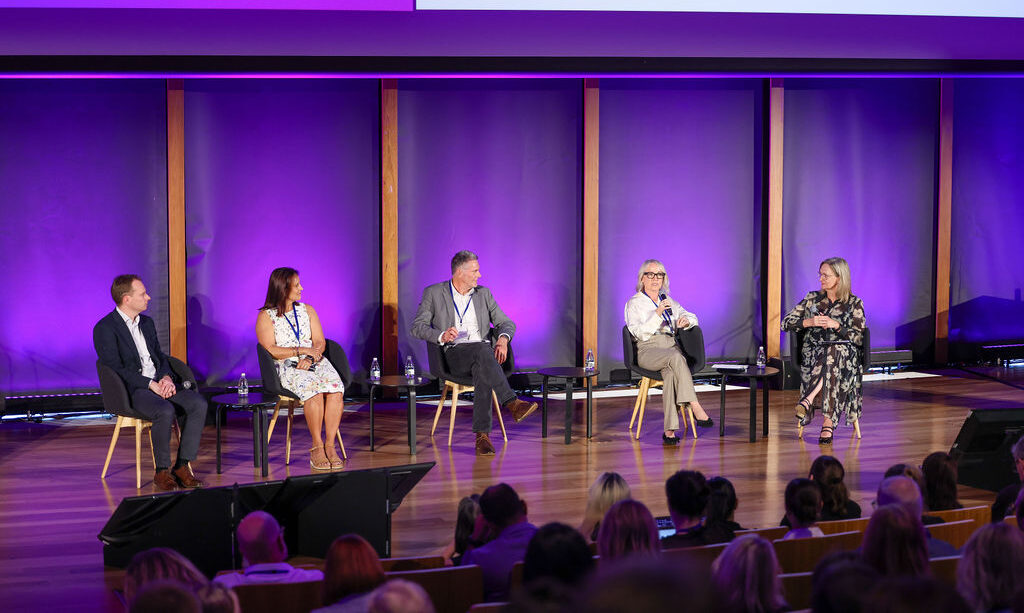
A panel of experts, led by University of Technology Sydney deputy-vice-chancellor Kylie Readman, discussed the importance of online learning in the latest episode of HEDx.
Please login below to view content or subscribe now.

In this episode, the vice-chancellor of James Cook University Simon Biggs and HEDx’s Martin Betts interview Lisa Brodie, the dean of an innovative new independent college in the UK, ASU London.
Please login below to view content or subscribe now.
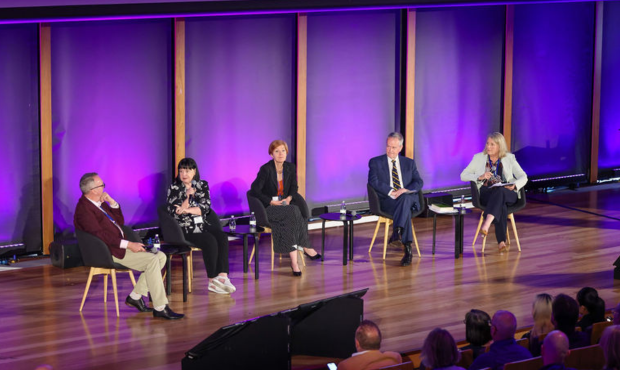
A panel of university leaders and unionists answered the question ‘What do students need?’ at a recent HEDx event.
Please login below to view content or subscribe now.
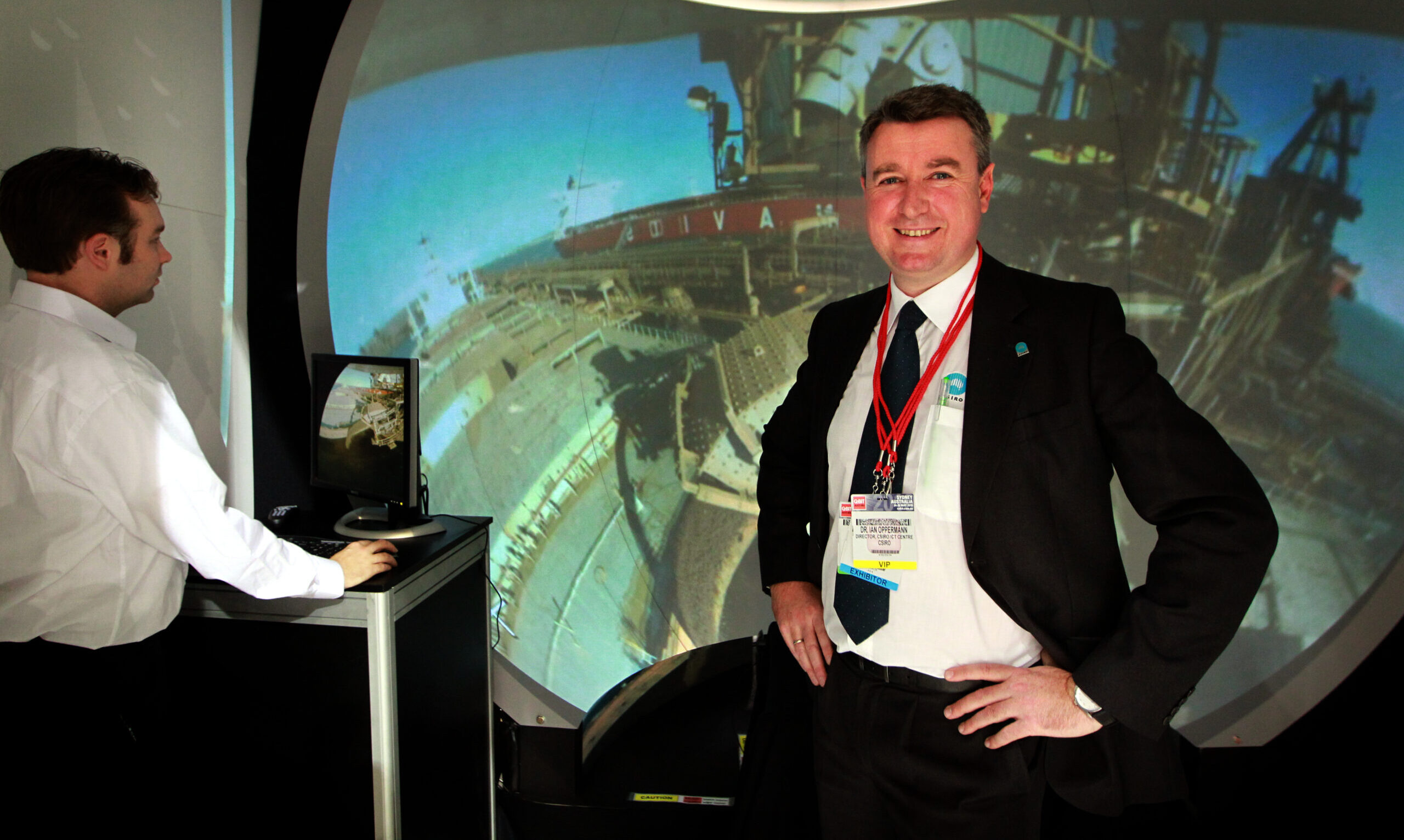
Ian Oppermann is in charge of digital ID for the federal government and an Associate Industry Professor of engineering and IT at the University of Technology Sydney.
Please login below to view content or subscribe now.
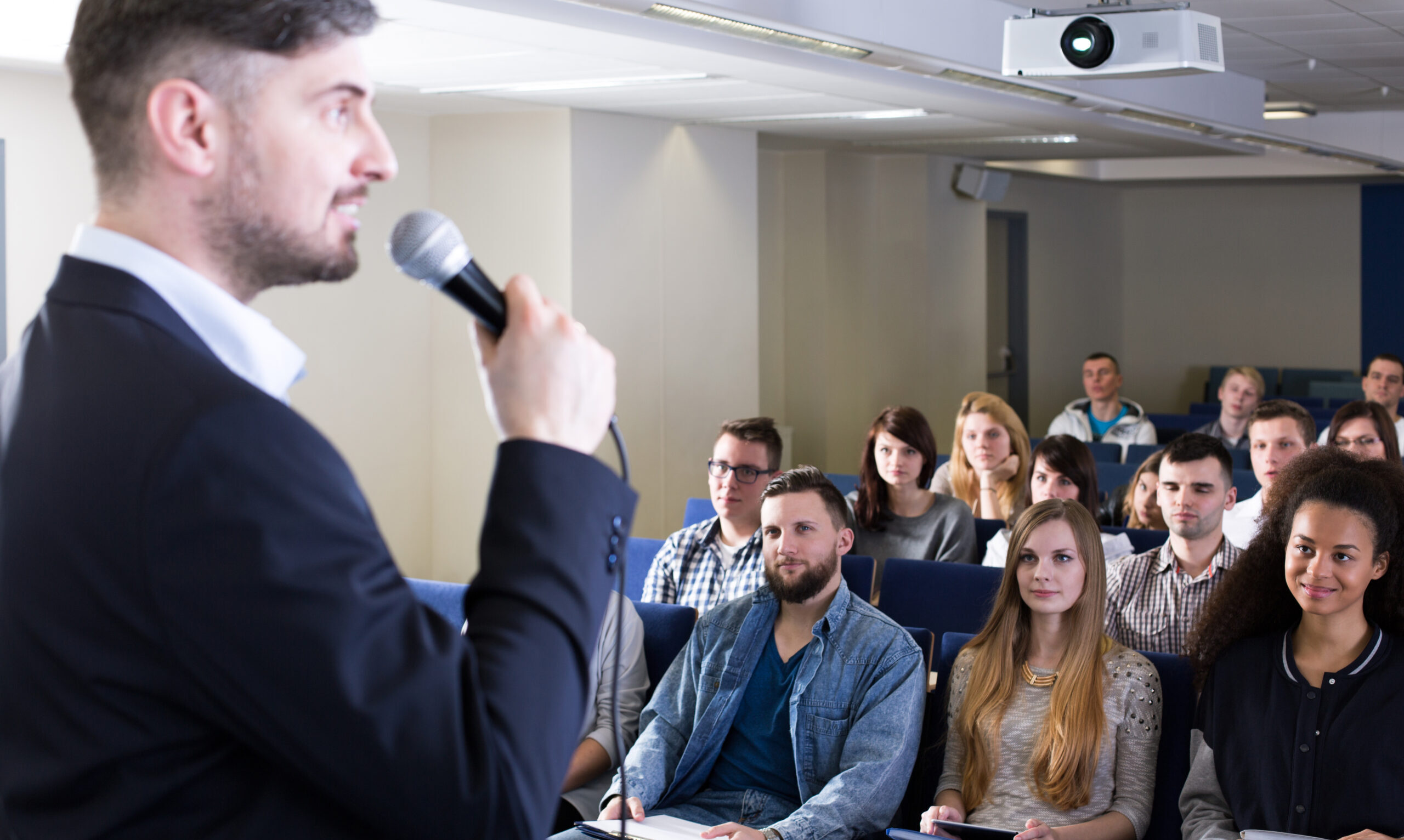
We asked 34 students from eight universities what they thought of higher education and what they would change. Their answers might surprise you.
Please login below to view content or subscribe now.
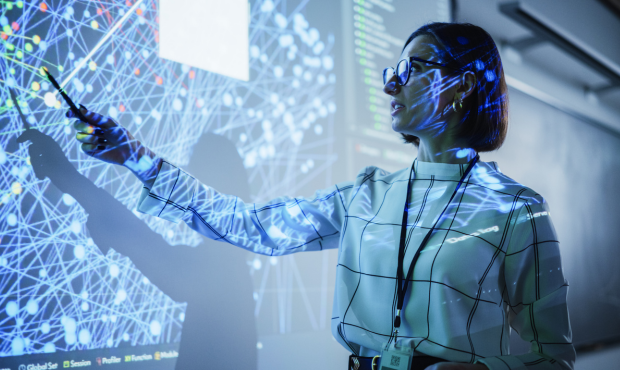
To continue onto Campus Review, please select your institution.
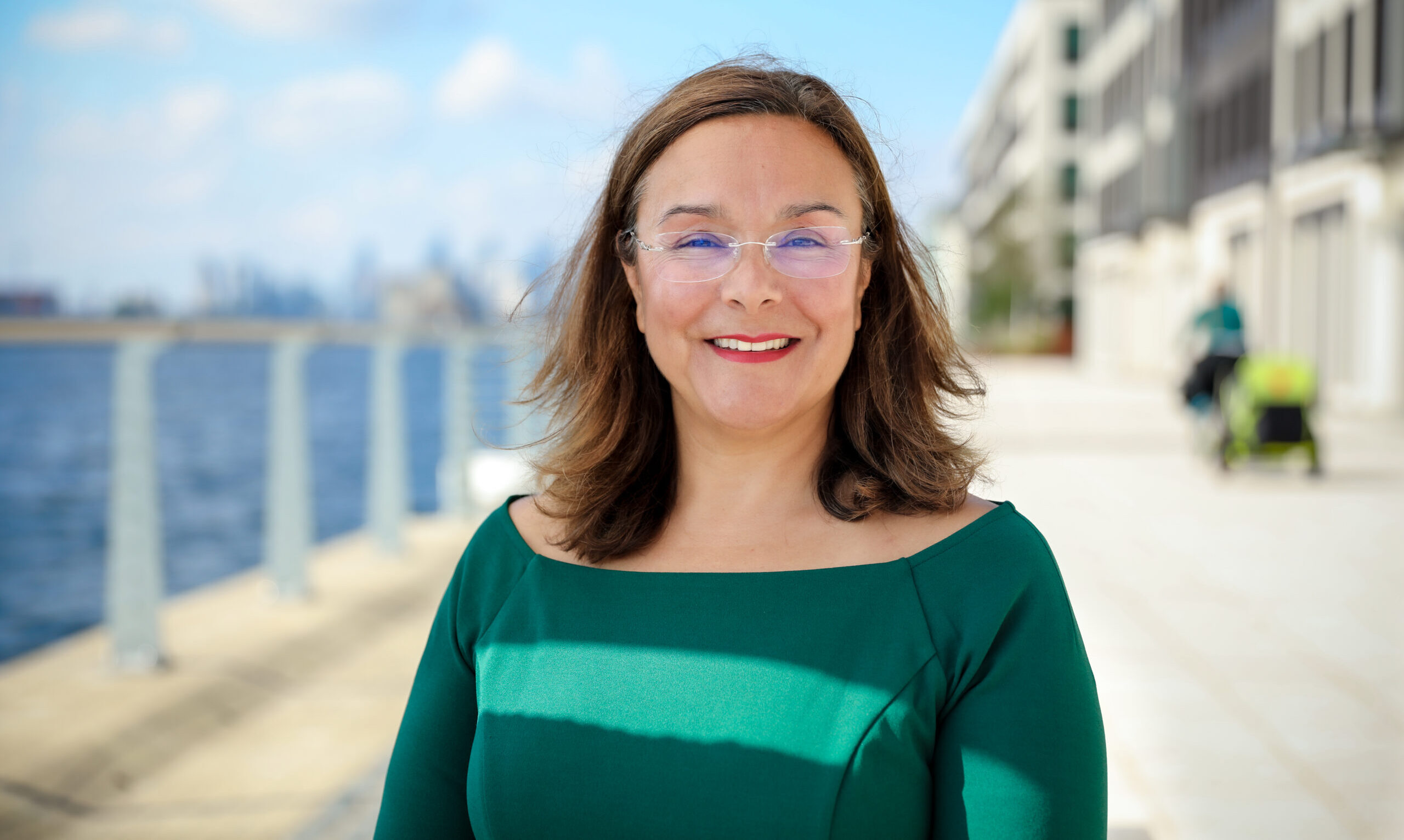
University of Queensland pro-vice-chancellor of education and student experience Suzanna Le Mire hosted a student panel at the Queensland Commitment summit in October.
Please login below to view content or subscribe now.

University of the Sunshine Coast pro-vice-chancellor (global and engagement) Alex Elibank-Murray and technology lead Associate Professor Rania Shibl share their experiences of partnerships with industry to enhance student experience in fast-changing fields.
Please login below to view content or subscribe now.

In this episode of HEDx, Kylie Readman, the University of Technology Sydney’s deputy vice-chancellor of education and students, outlines a new venture in global online education.
Please login below to view content or subscribe now.